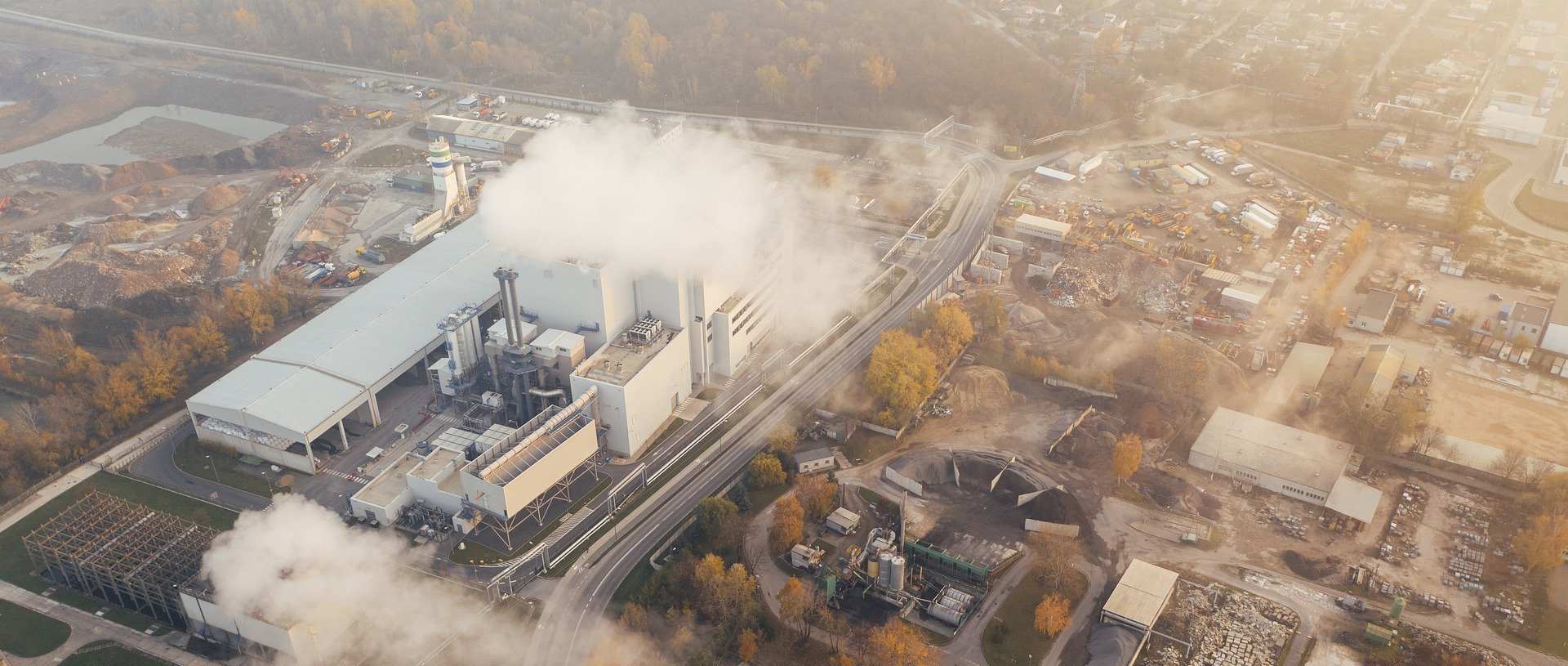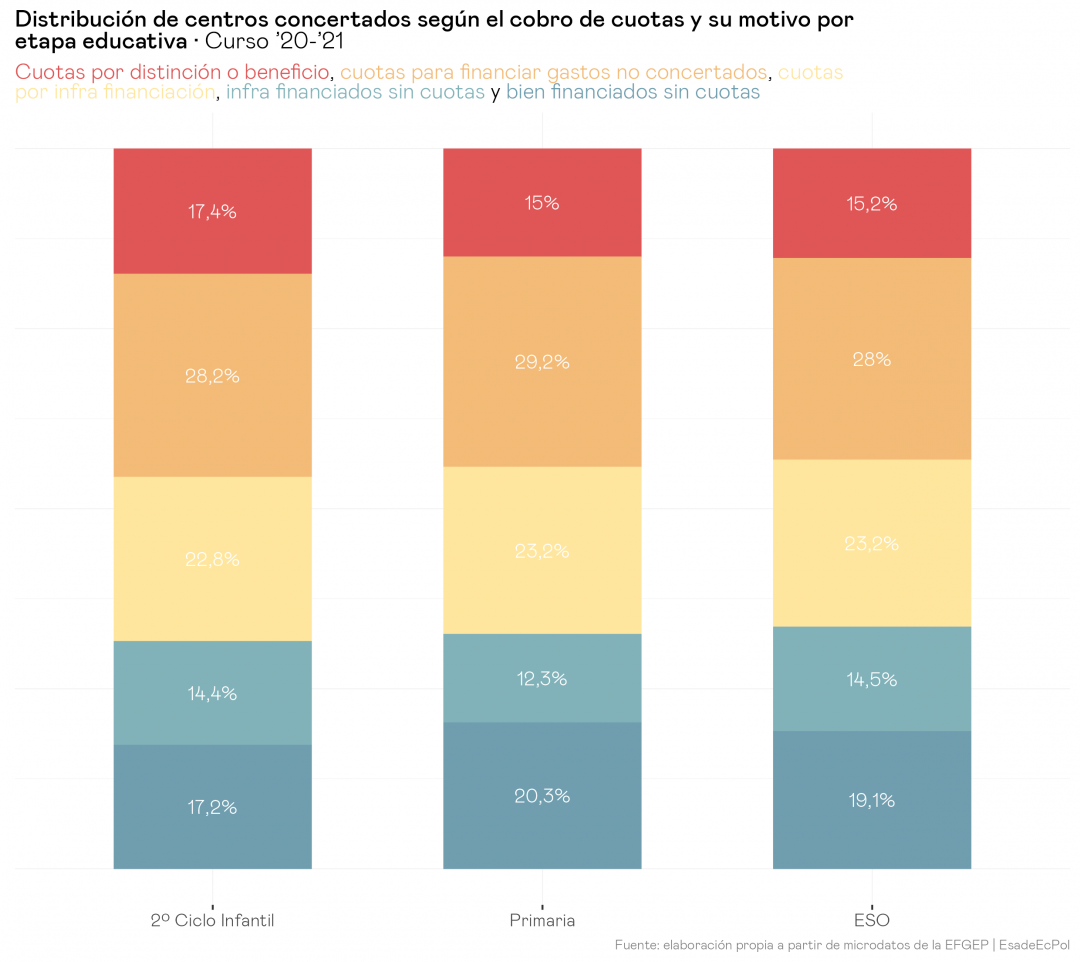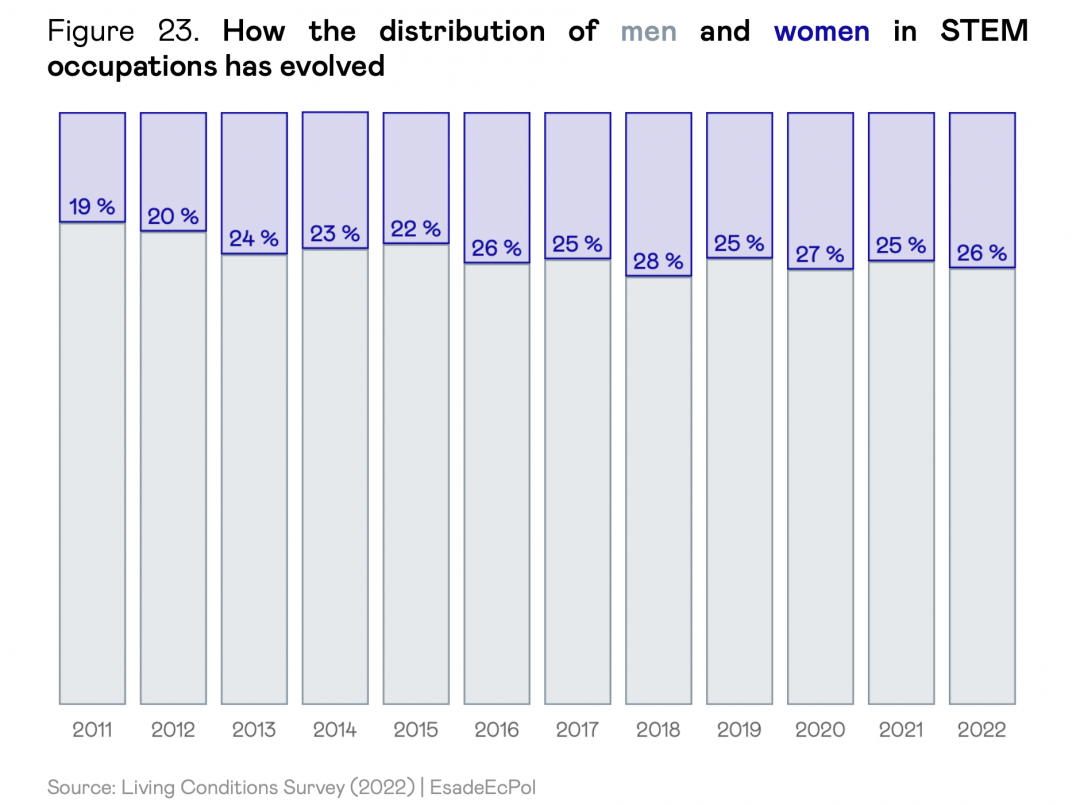
A new proposal for the European Carbon Border Adjustment Mechanism (CBAM): a first take
Pedro Linares Llamas
15 Jul, 2021
On July 14, the European Commission published one of its most eagerly awaited legislative proposals: a new regulation establishing a carbon border adjustment mechanism (CBAM). Its aim is twofold: to prevent carbon leakage in the production process and to signal the commitment to decarbonization to the rest of the international community.
In theory, such a system is optimal for solving the problem of emissions leakage and for sending the right signals for decarbonization at both the European and global levels. However, given its intrinsic complexity, its practical application will likely differ from its on-paper form. We anticipate four potential problems:
– It is challenging to get the CBAM applied on the actual emissions of each product; this is very difficult to achieve: verifying all the production processes of imported products is almost impossible. There is also the option of keeping products that do not comply with certification for other countries without modifying the aggregate global emissions for importers.
– The default values proposed by the Commission for when it is not possible to estimate actual emissions (almost all cases) focus on the use of average figures, implicitly benefiting the most polluting producers (i.e. those above these averages).
– The non-exemption of European exporters from paying the CO2 price may contribute to emissions leakage in global markets, making European products with lower embedded emissions less competitive in the worldwide market and shifting world demand towards the most polluting ones.
– Finally, its application only to certain basic materials may produce an import displacement effect.
The mechanism that is ultimately approved and enacted should anticipate and minimize all of the above problems. One possibility would be to reconsider an alternative among those initially considered by the Commission: an indirect tax on the consumption of CO2-intensive materials exempting exporters but by focusing on consumption, including the product’s entire value chain.
If such a mechanism is included, its (likely increased) revenue should promote a transition to decarbonization that distributes efficiency gains evenly between and within countries, ensuring both competitiveness and equity.
The European Commission published yesterday its proposal for a new Regulation that would establish a carbon border adjustment mechanism (CBAM) as part of the “Fit for 55” package. This mechanism, already announced with the European Green Deal, aims, on the one hand, to avoid carbon leakage, especially in a context where Europe’s climate ambition is increasing significantly, and with it, the risks of industry relocation if mechanisms are not established to level the playing field; and on the other hand, to give signals to the rest of the international community for decarbonization. As the Commission already indicated in its initial announcement, this mechanism would be implemented if there were differences in the level of climate ambition between regions. It would also have to comply with WTO requirements, among others.
The CBAM would replace the current system designed by the Commission to try to avoid emissions leakage, the free allocation of emission permits to sectors at risk of relocation, which has a significant shortcoming: it only partially transfers the price for polluting to these sectors and therefore does not send them the right signals to decarbonize, which is essential to meet the targets set by the Commission. On the other hand, it should be remembered that free allocation creates relevant regional distortions and also does not cover the price channel, possibly the most significant source of emissions leakage.
After analyzing six different options, the Commission has opted for a proposal establishing the obligation for importers of primary materials (cement, fertilizers, steel and aluminium) and electricity to surrender emission permits, not traded in the ETS, but with the same price as the ETS (CBAM certificates). The Commission did not choose to establish an equivalent tax, which might seem more straightforward, because this would require unanimous approval by the Council, contrary to ETS-related measures, which only need a majority for approval. In any case, this obligation would be gradual over the next ten years. During those, the free allocation of ETS permits would be reduced, and the CBAM price would be modified according to the percentage of free allocation.
The necessary CBAM certificates will be calculated based on the actual emissions embedded in the products, taking into account whether a price has already been paid for CO2 in the country of origin. The Commission proposes to open a dialogue with the countries concerned and provides for the possibility of reaching agreements with them. On these, the CO2 pricing mechanisms could be recognized as an alternative to the application of CBAM.
In theory, such a system is optimal for solving the problem of emissions leakage and for sending the right signals for decarbonization at both the European and global levels. However, given the intrinsic complexity in implementing this type of policy, its practical application is likely to differ from the theoretical one. We anticipate four types of critical issues to consider now, in the elaboration and definition phase of such a policy:
– Although, in theory, the CBAM should be applied to the actual emissions of each product, this is very difficult to achieve: verifying all the production processes of imported products is almost impossible. And for importers, in addition, there would always be the possibility of using what is known as “resource shuffling”: certifying products to be exported to Europe as low in emissions, leaving the “dirty” ones for domestic consumption or export to other countries. Overall emissions would not change, but the effectiveness of CBAM would be reduced.
– The default values proposed by the Commission for when it is not possible to estimate the real emissions of a specific production process (which, it can be anticipated, will occur in almost all cases) also generate problems:
o The proposal for industrial products is that the default value should be the average emissions of the exporting country, or in its absence, of the 10% of the most emitting European installations. This clearly benefits importers that pollute above these levels established within each country-category, which would send the opposite signal to the one desired.
o The default value considered for electricity in the current draft is the average emissions of European electricity. This, again, benefits the most polluting importers and disadvantages European producers that emit above average, which would no longer be competitive.
o Since the cleanest importers always have the opportunity to prove that they are clean (including by resorting to resource shuffling), the conclusion is that the vast majority of importers benefit, and a part of European producers lose.
– The third problem is that such a mechanism cannot exempt European exporters from paying the CO2 price. And this, although controversial in environmental terms, can also contribute to emissions leakage in global markets, as it can make European products with lower embedded emissions less competitive in the worldwide market.
– Finally, the application only to certain basic materials may produce an import displacement effect: instead of importing steel, we could start importing vehicles (which are not subject to CBAM), which would also have consequences for the generation of added value.
In sum, the practical application of CBAM may not result in globally significant emission reductions and may harm the competitiveness of European producers in the market.
Is there a way to solve these problems? As an option to be considered, the Commission also assessed the possibility of establishing an indirect tax on the consumption of CO2-intensive materials, covering both domestic and imported products, but this was finally discarded. However, a priori and in the absence of more detailed considerations on its design and implications, we believe that this option, in a real-world context, could present some practical advantages over the one finally chosen:
– Like any other action, it can exempt exporters, thus reducing emissions leakage at the global level.
– By being passed through to consumption, it can easily cover the entire value chain and thus not create distortions between manufactured products and basic materials.
– By being established as a surcharge on consumption, it allows the free allocation to be maintained (to avoid double taxation), making it more acceptable to European producers. This free allocation could be linked to the existence of real emission reduction commitments by industry.
This share represents a more stable source of resources, making it possible to finance complementary mechanisms to incentivize the industry’s transformation, such as carbon contracts for difference. At the same time, its integrated collection and expenditure design can be designed to minimize its aggregate regressivity within the framework of a just and viable transition.
In this regard, it should be remembered that the stimulus programs proposed in the USA or China are much larger than those in Europe. If there are no adequately designed incentives, the risk is that the industry will go to these regions with more aid, without achieving an immediate aggregate benefit for the economy, particularly for the most vulnerable layers of the economy, as a result of the ecological transition process. Even within Europe, if there is no integrated approach, countries with less money of their own (such as Spain) could see the decarbonized and competitive industry settle only in countries with more money and vision (Germany, Sweden or the Netherlands).

Professor at Universidad Pontificia Comillas


